Photos: WWI-Era German Submarine Wreck Discovered Off Scotland Coast
German ingenuity
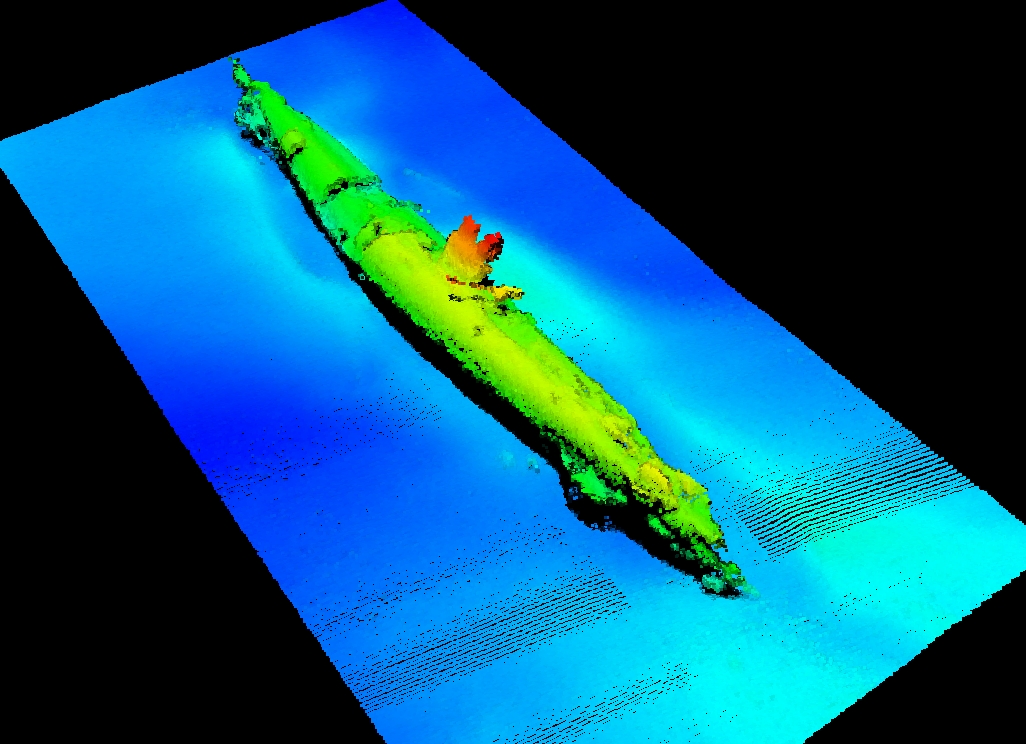
The wreck of a World War I German submarine has been discovered off the coast of Scotland during a marine survey of a route for a new undersea power cable.
Sonar scans and video from an underwater drone revealed the wrecked U-boat lying nearly upright on the seafloor at a depth of 340 feet (104 meters), about 15 miles (25 kilometers) from the port of Stranraer. [Read full story about the German U-boat discovery]
Intimating the future
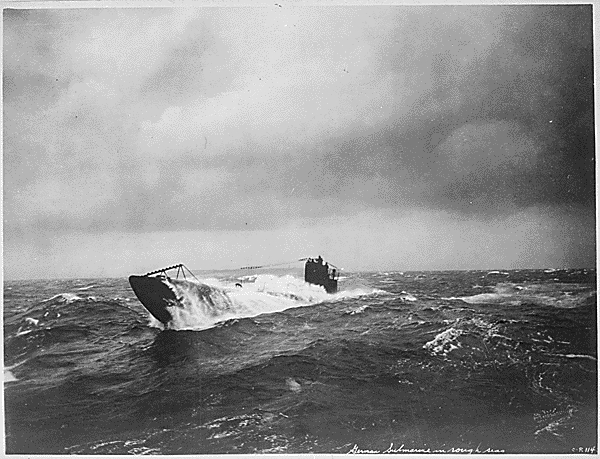
Marine archaeologist and historian Innes McCartney, from Bournemouth University, has identified the wreck as a German UB III-class submarine, similar to the UB-148 shown in this image.
Almost 100 UB III-class submarines, or U-boats, were built by Germany in 1917 and 1918.
The UB III submarines were one of the most successful U-boat designs of World War I, and influenced the design of the renowned Type VIII U-boat used by Germany in World War II.
Modern and historical meet
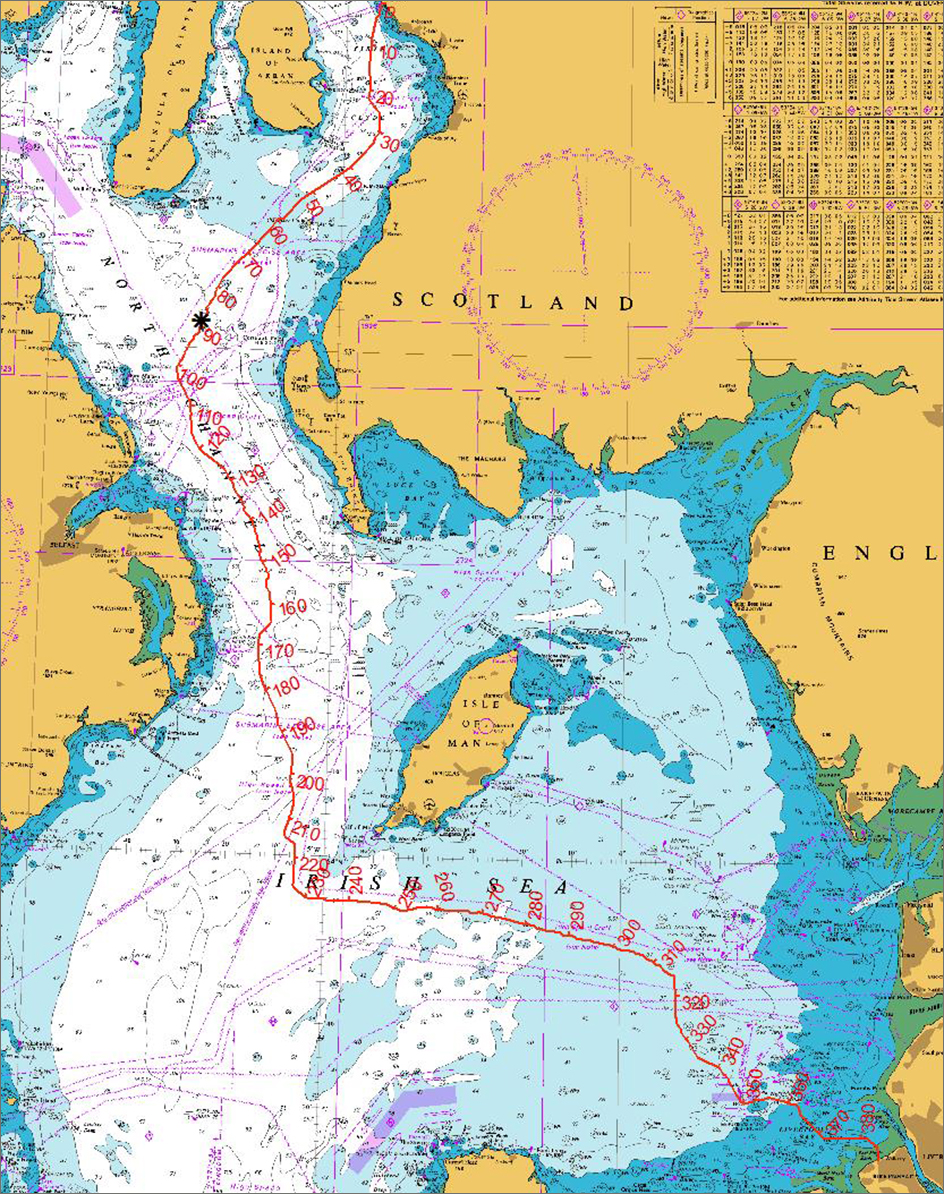
The submarine wreck was found in the Irish Sea between Scotland and Northern Ireland, at the location marked by a black spot on this map. The wreck was discovered during a marine survey of the route for an undersea power cable from southwest Scotland to northwest England.
Utility company Scottish Power, a partner in the undersea power link project, said the wreck lies many miles from the planned route and will not be disturbed by the cable construction.
Sign up for the Live Science daily newsletter now
Get the world’s most fascinating discoveries delivered straight to your inbox.
Narrowing identity
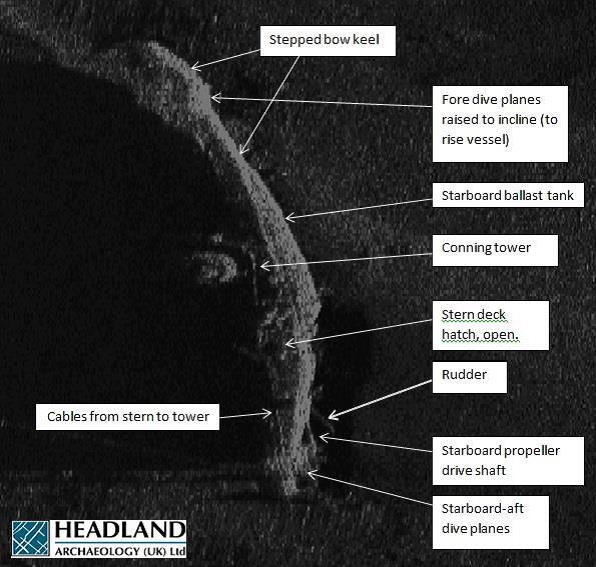
By identifying the caliber of the deck gun on the wrecked U-boat, McCartney determined that it is one of two UB III submarines that were sunk in the area by British warships in April 1918: UB-82 and UB-85.
UB-82 sank with all 37 of its crew onboard, but the crew of UB-85 were rescued before it sank. [Read full story about the German U-boat discovery]
Caught in the act
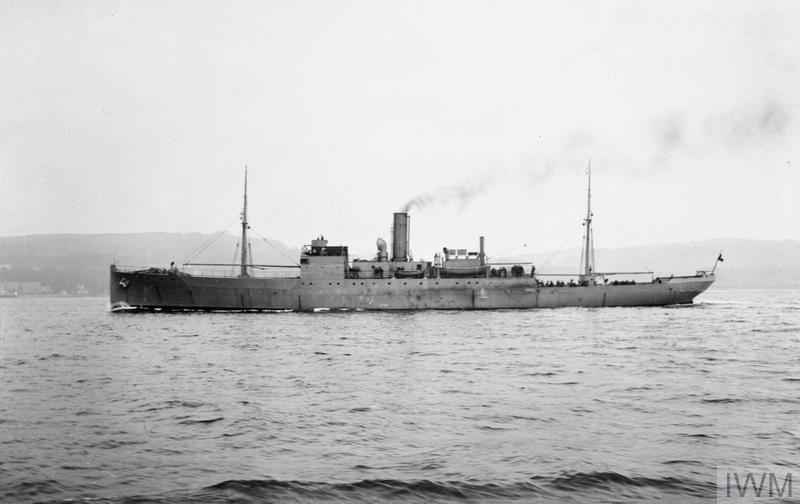
The two U-boats were among many ordered to attack shipping around the coast of Britain in 1918, but their radio messages from the surface could be tracked by British radio listening stations around the coast.
British patrols were dispatched to find them, and both submarines were caught recharging their batteries on the surface. The UB-82 was sunk on April 17, 1918, by two British patrol boats. The UB-85 was sunk on April 30, 1918, by the patrol ship HMS Coreopsis, shown here.
Attack at sea?
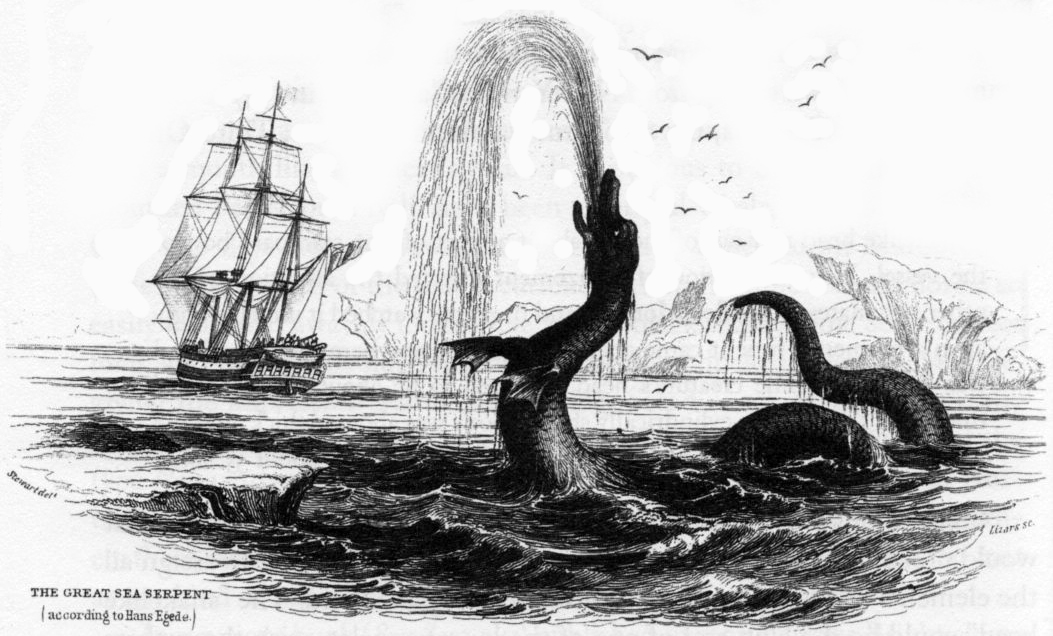
In recent years, UB-85 has become an internet celebrity, thanks to claims that the captain and crew reported after their rescue that their submarine had been attacked by a large sea monster, which had damaged the vessel and forced it to stay on the surface.
But, McCartney has found no historical basis for such an attack by a sea monster, and he noted that there is no mention of a sea monster in records of the interrogations of the U-boat captain and crew after their rescue.
Detailed view
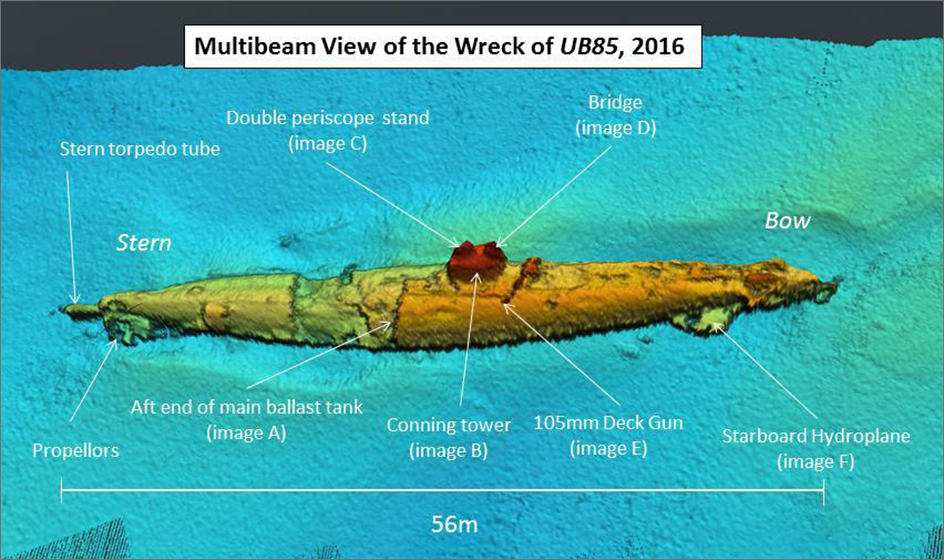
McCartney said a final determination of the identity of the wreck will probably need to wait until the second UB III-class wreck is found in the area, which he hopes may happen eventually.
When the details of both wrecks are known, he said, it may be possible to compare the damage they have suffered in combat to the wartime records of the battle, and perhaps determine which of them is UB-82 and which is UB-85.
Serving the masses
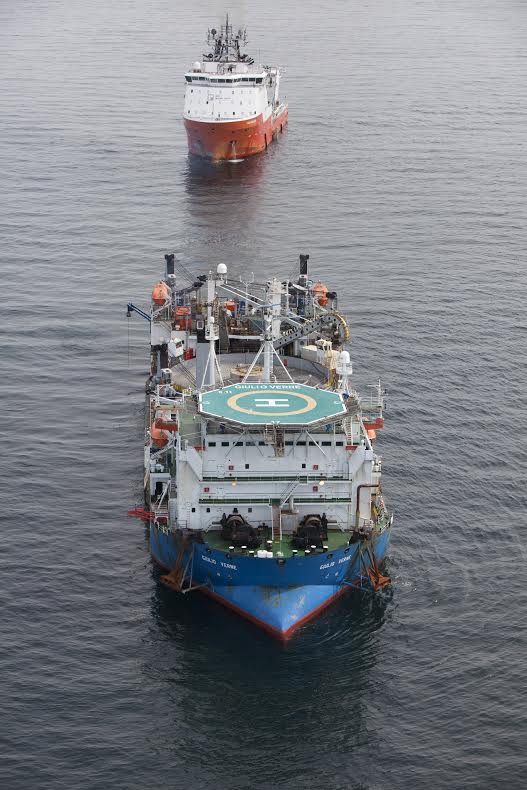
When it’s completed, the undersea power cable will be one of the longest of its kind in the world, running for 240 miles (385 kilometers), from Ayrshire in Scotland to the Wirral peninsula in England.
The 1-billion-pound ($1.2 billion) project is being built to supply homes and businesses in Wales and England with electricity from renewable sources in Scotland, including offshore wind farms and tidal power generation plants. [Read full story about the German U-boat discovery]
Tom Metcalfe is a freelance journalist and regular Live Science contributor who is based in London in the United Kingdom. Tom writes mainly about science, space, archaeology, the Earth and the oceans. He has also written for the BBC, NBC News, National Geographic, Scientific American, Air & Space, and many others.









